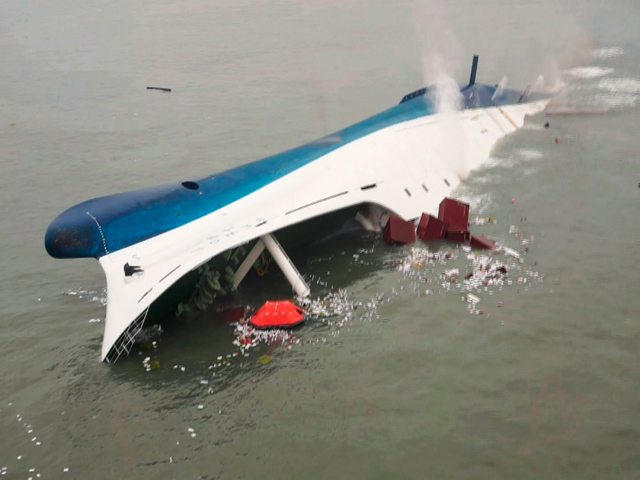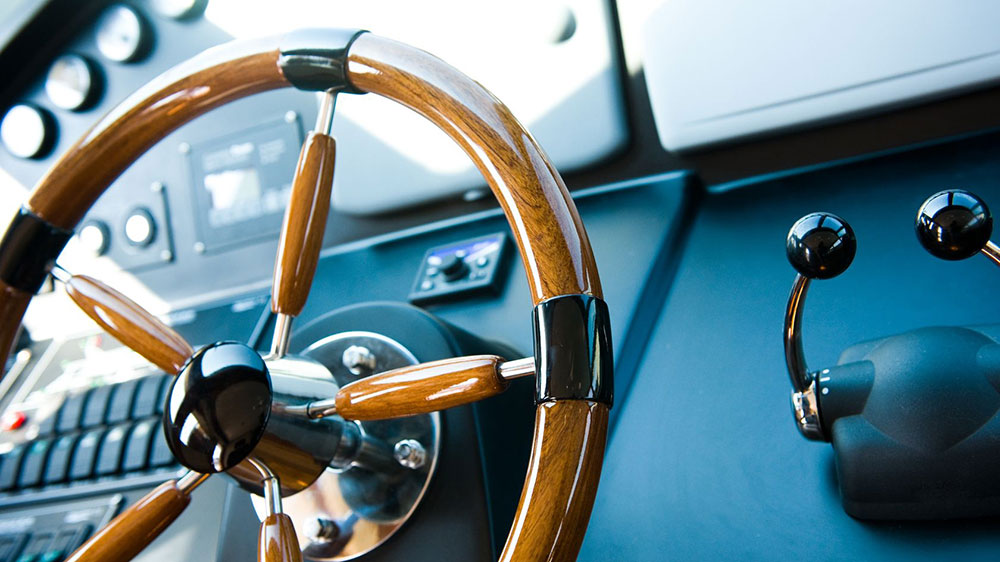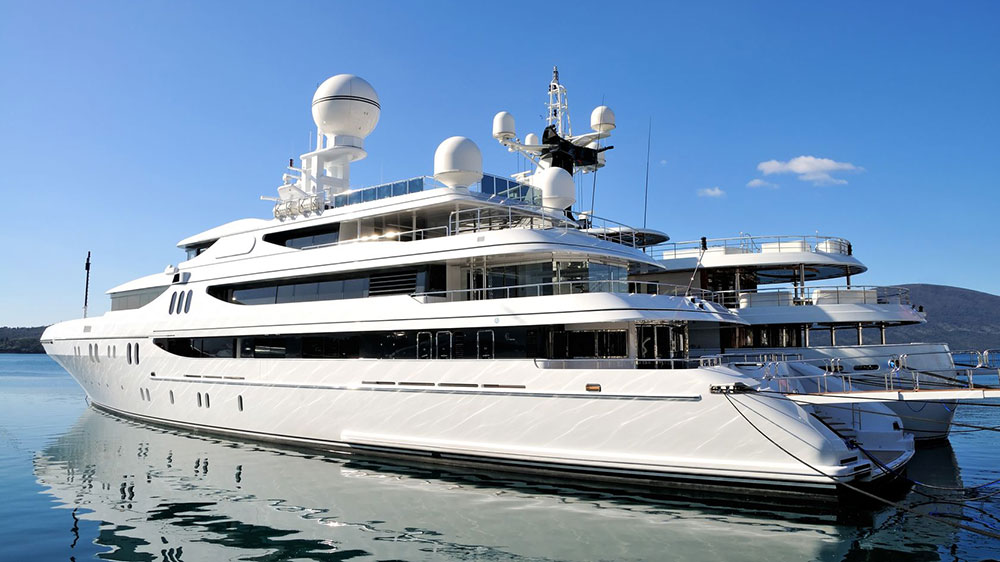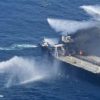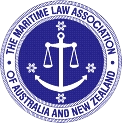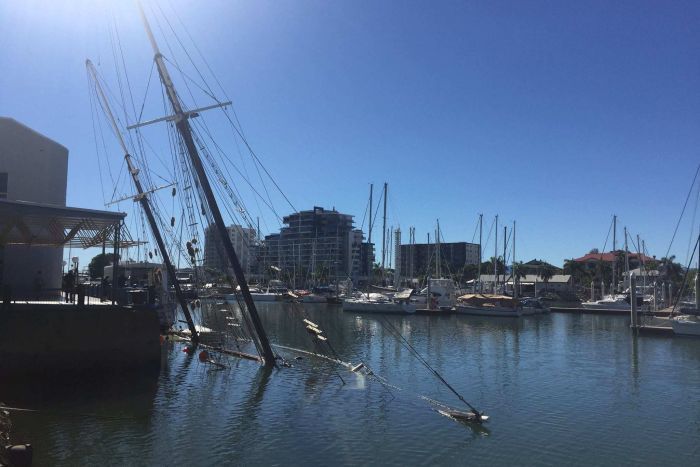
A 120-Year-Old Sailing Ship Has Sunk At Its Moorings In North Queensland.
People arriving to work in Townsville this morning were surprised to find the 35-metre tall ship Defender submerged at a wharf on Ross Creek in the city’s CBD.
The hull of the vessel was completely submerged, while its rigging remained above the water.
Maritime Safety Queensland has cordoned off the site.
Ship owner Les Dick, who is based in Tasmania, said it had been “gut wrenching” to hear the news this morning.
“We do suspect it’s been an act of vandalism or such leading to the sinking of the vessel,” Mr Dick said.
“We won’t know until we refloat the boat … but at the moment that’s what the people up there are saying.”
The Defender has been in Townsville for more than seven years after it was damaged in an engine room fire.
Mr Dick said he was going to travel to Townsville this week to inspect the damage.
“Our next attack will be to get some competent people around us and some pumps, sandbags, and at the low tide this week, when the deck’s exposed, we’ll simply pump the boat out and refloat it again,” he said.
“We hope it’s that simple … then it will be moved from that location to another.
“We’ve got a lot of support up there … so we’ll do whatever we can to save the old girl, but it’s heart wrenching that this [has] happened to a great old ship like that.”
Defender The Last Ship Of Its Kind
The Defender was built in 1895 and used as a trading vessel between the colonies.
In 1923 the Defender entered the history books with a record-breaking crossing of Bass Strait, and in World War II it was used to transport troops and supplies.
Mr Dick bought the vessel in 1982, and it was restored to take part in the bicentenary re-enactment of the sailing of the First Fleet into Sydney Harbour in 1988, as well as the Bicentenary Tall Ships Race from Hobart to Sydney.
It was a charter boat in the Whitsundays for a number of years before it arrived in Townsville and fell into disrepair.
Mr Dick said the Defender was the last of the Bass Strait ketches.
“She’s the absolute last one. When she goes that’s the end of it all and that’s the end of an era,” he said.
“[It’s] a bloody beautiful boat, a beautiful boat and it was restored with a lot of love and care and a lot of Tasmanians helped, donated to get it going in 1988.
“I think it did Tasmania proud in the bicentenary and it’s been a representative for Tasmania wherever it’s gone in Australia.”
Mr Dick said the boat’s future looked grim.
“It’s been in the stage up there where I really should’ve moved it back to Tasmania, but things have stopped me from doing that,” he said.
“I’m in a state of confusion about the whole thing and I’m very upset about it. It will take me a day or two to settle down and get my mind around all this.
“The last thing we would want is for such an historic vessel to end up going to the tip. It would be an absolute tragedy.”
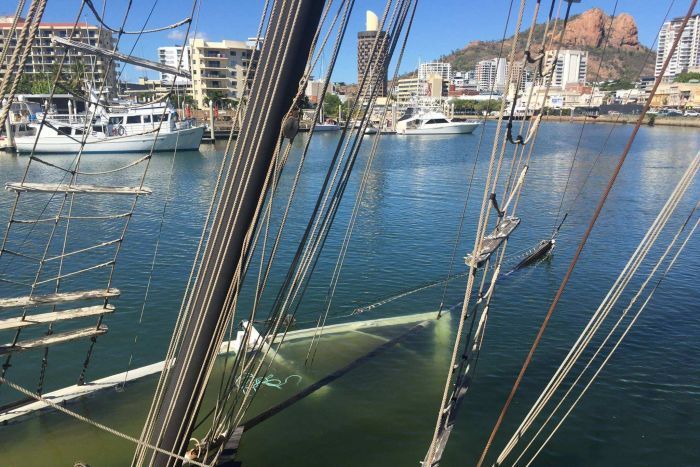



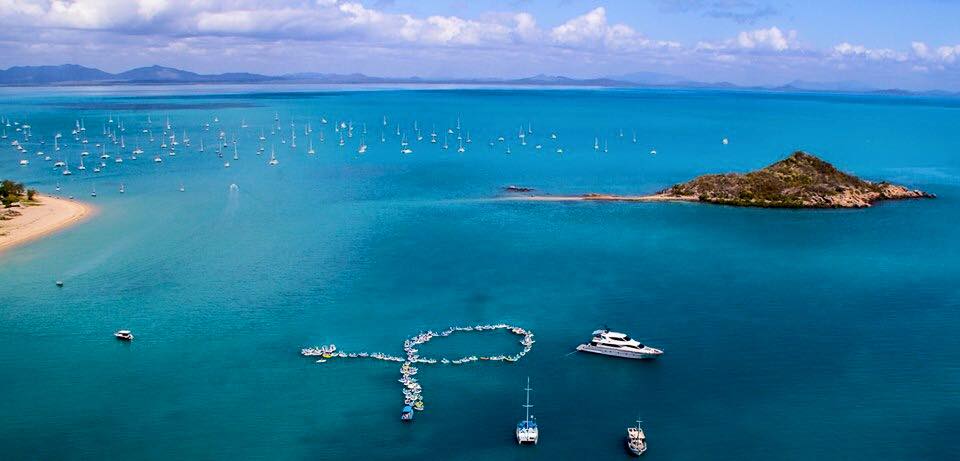
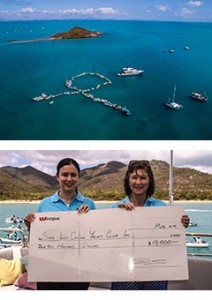
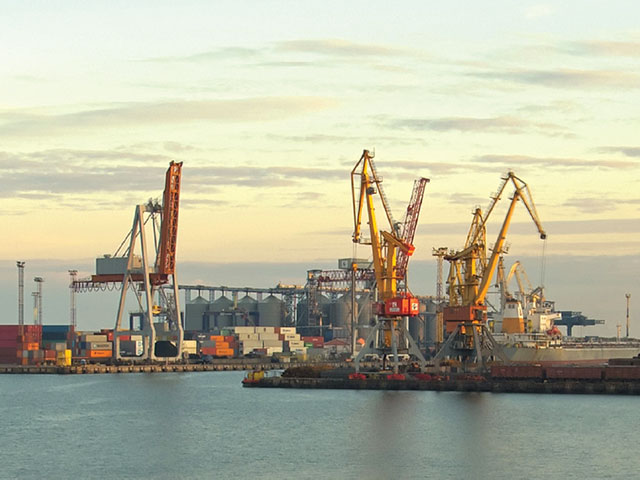
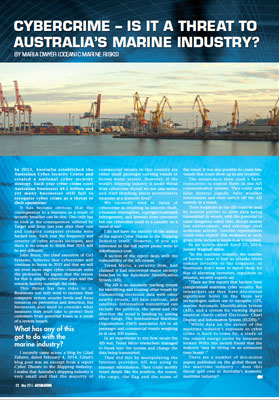 This article was published in Ausmarine Magazine, 2015.
This article was published in Ausmarine Magazine, 2015.